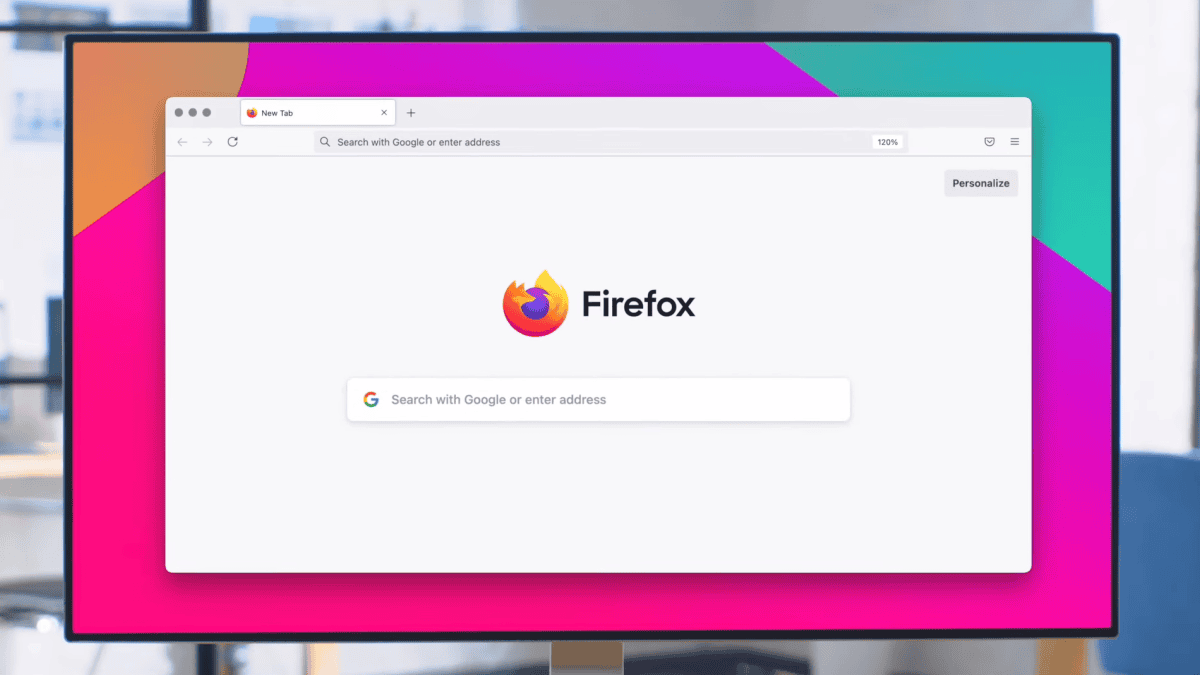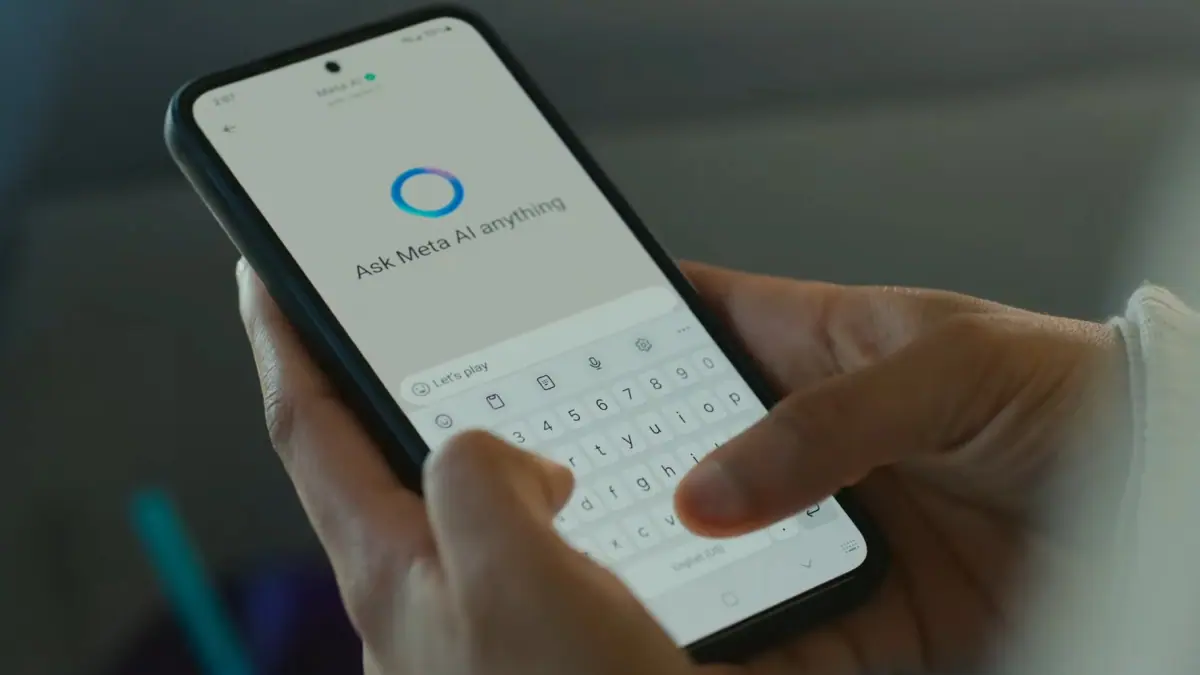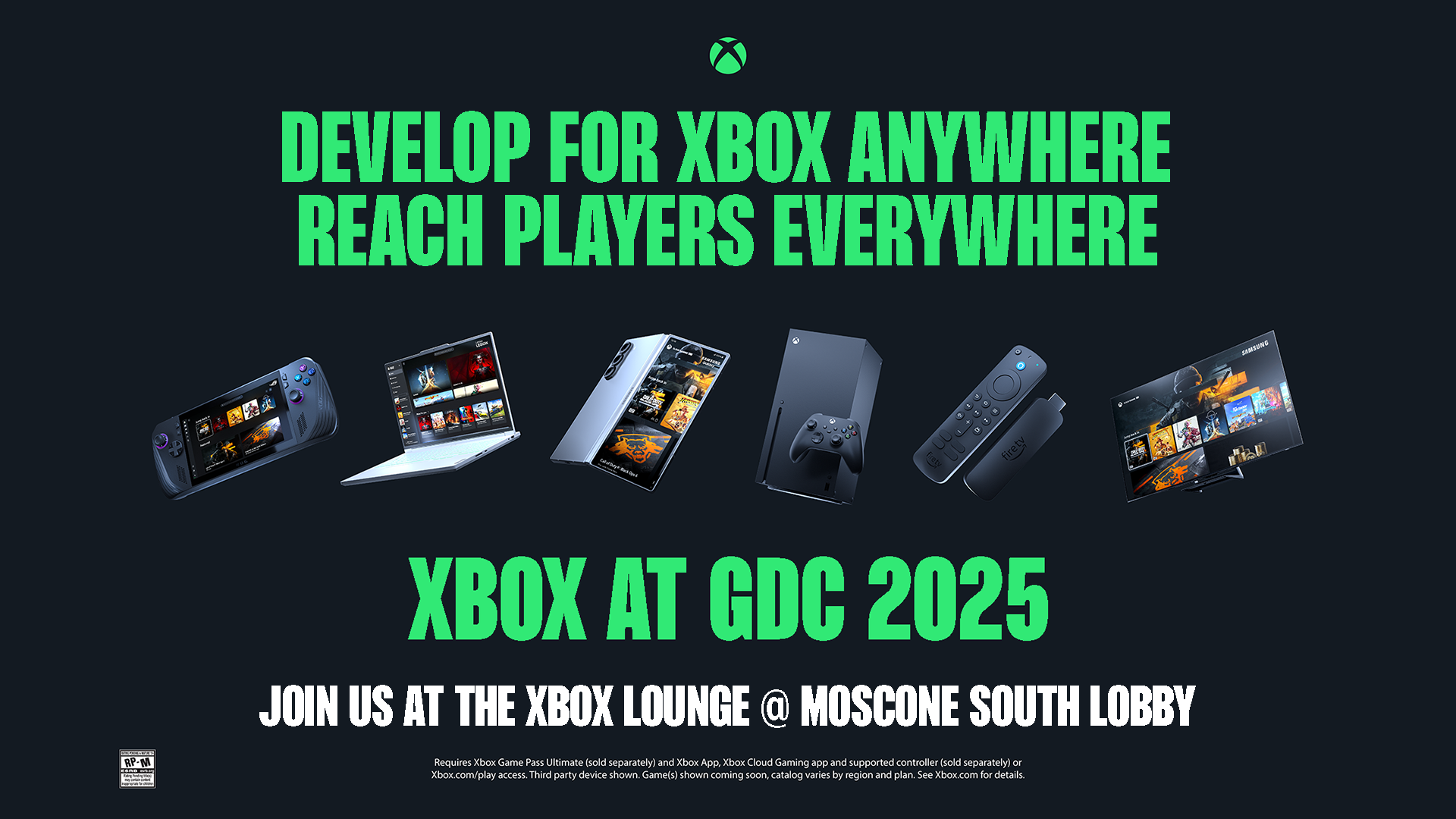Science proves Flat Design was a mistake
3 min. read
Published on
Read our disclosure page to find out how can you help MSPoweruser sustain the editorial team Read more

Microsoft introduced Flat Design with Windows Phone and then Windows 8, and of course both platforms were ultimately poorly received, and since then many have blamed Metro and its successors for the problems.
Now a study by researchers at the Normal Nielsen Group has demonstrated that Flat Design does indeed make it more difficult for new users to navigate and complete tasks.
To do the study they modified web pages to use so-called strong and weak signifiers of user interface elements e.g. coloured buttons vs text-only buttons or blue underlined text vs unmarked but clickable text, and used timers and eye tracking software to measure how long 71 web users took to complete specific tasks e.g. cancelling a reservation or finding an item from a catalogue.
Normal vs Flat design
They found users spent 22% more time to complete tasks, and looked at 25% more items ie. were having to look at more items to identify which ones were navigational elements and were less confident even when they located them.
Normal vs Flat design
With the flat design on the right users were so lost they spent time searching through the footer of the page, while on the left side, which used a 3D design users were focussed on the important part of the web page.
The researchers note:
We want our users to have experiences that are easy, seamless, and enjoyable. Users need to be able to look at a page, and understand their options immediately. They need to be able to glance at what they’re looking for and know instantly, “Yep, that’s it.”
The problem is not that users never see a weakly signified UI element. It’s that even when they do see the weak element, they don’t feel confident that it is what they want, so they keep looking around the page.
Designs with weak clickability signifiers waste users’ time: people need to look at more UI elements and spend more time on the page, as captured by heatmaps, average counts of fixations, and average task time. These findings all suggest that with weak signifiers, users are getting less of that feeling of empowerment and decisiveness. They’re experiencing click uncertainty.
Feeling disempowered and uncertain is certainly not the way you want to attract users to upgrade to your new OS. While Microsoft appears to be slowly moving away from the flat user interface with the new Fluent Design, much of the OS remains flat, as can be seen in the screen shot above, where it is not clear for example that the letters are also clickable.
Is it time for design to once again take a back seat to function? Let us know below.











User forum
0 messages